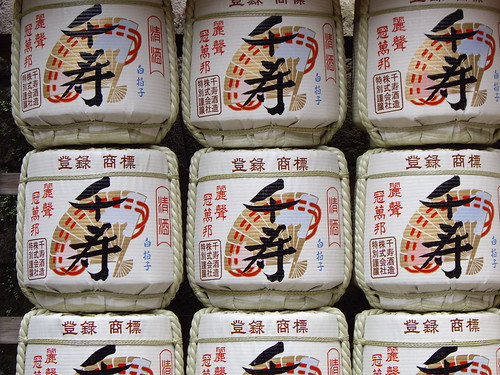
During the Obon period all of
On the 16th of August I was in
I had more than 1 hour to be there, but I didn’t know at all how to move from where I was to the place where these guys (from the guesthouse) wanted to see the bonfires. Imagine: I was at the busstation, I didn’t know where I was, which way to go, how to reach my distination, but I had a plan of
Suddenly 2 Japanese young tourists (coming out of nowehere) sat next to me. It was a mixture of punky/ hip hop style with some gold colour in their hair. I started to ask them if they knew some place in
At the moment I got off of the bus for the final destination, an older women started talking to me in English. She looked at me and asked me if I spoke Spanish? Uhhhh?? Yes of course and so I started to have a Spanish guide who took care of me for a couple of minutes. She told me how to get to my destination. This was amazing to be able to talk in Spanish in some area in the centre in
There were so many people going to this park. I was the only person who was not Japanese.
I followed the people upstairs until we reached the top of the park. From there you could see the east, west and north of
I started to talk with 2 students who where there for the same reason as me. I asked them if I could join them for this special evening and so we waited together. As I said before, during the Obon period spirits of families’ ancestors are said to return to the family home. You have welcome fires (mukaebi = welcoming fire) and Daimonji (the kanji: dai means: great or large) Okuribi (sent back the spirit word with “seeing off fire”).
It was a magic night for all of us.
(¹)The folks in Kyoto burn words and pictures into the mountainsides. The media and the tourist guides always show the dai character , but more that one hillside is set on fire that night. There are also bonfires on four other mountains—two parts of the same mountain have the two kanji for myoho, or Buddha’s Law, another mountain has a smaller dai kanji, a bonfire in the shape of a ship burns on a fourth mountain, and the last bonfire is in the shape of a torii, the gateway to Shinto shrines.These fires are large enough to be seen throughout the city. Each kanji stroke ranges from 80 to 160 meters in length. Pine branches are used to set the fires, and there are 75 separate fire sources for the larger dai kanji alone. That figure is ignited at 8:00 p.m., with the others following immediately after. (Japan guide overview).


No comments:
Post a Comment